The 10 Biggest 5G News Stories Of 2020 (So Far)
From the country’s largest carriers building out their 5G networks to intervention from the FCC and the U.S. government, here are ten of the biggest news stories in the 5G world that made the news so far this year.
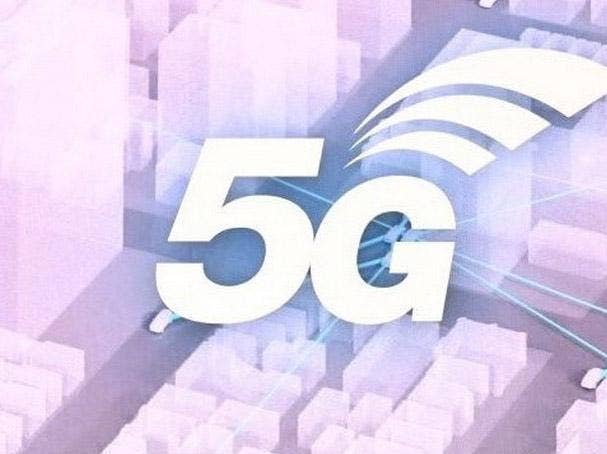
The Network Of The Next Generation
The 5G standard was officially finalized in June 2018 by 3GPP, an international organization that oversees cellular standards, and the race has been on between the country‘s largest carriers to build out reliable, nationwide 5G networks ever since.
The fifth generation of wireless networks, or 5G, promised dramatically faster speeds, instantaneous communication, and the ability to connect everything to the network, so it’s safe to say that 5G has enormous potential. While parts of select cities began to see 5G connectivity last year, 2020 has been the year of more widespread launches and 5G-capable devices that can actually take advantage of the new networks. The Federal Communications Commission (FCC) this year has been pushing for network build-out progress by making moves that will speed up deployment times across the country, including on protected, historical and tribal lands as more people rely on high-speed network connectivity. Because the nation has largely been working or attending school online so far this year as a result of COVID-19, it goes without saying that the pandemic has also helped push along the progress of 5G.
The topic of 5G hasn’t been immune to politics, however. The United States has been working to block embattled Chinese telecom Huawei’s equipment from being a part of any 5G network, citing security concerns, and the move caught on in other countries so far this year. At the same time, the biggest carriers in the country have been racing to power up more cities with 5G.
Here are ten of the biggest 5G news stories of 2020… so far.
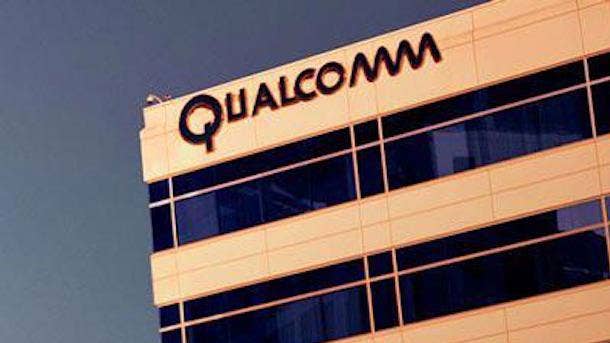
Qualcomm Launches 5G, AI-Powered Robotics Platform
Semiconductor maker Qualcomm Technologies in June unveiled the Robotics RB5 platform, which the firm said can facilitate faster development of power-efficient, high computing robots and drones for enterprise, industrial and professional service applications, as well as consumer and defense applications.
The San Diego-based company said that the platform is bringing together Qualcomm‘s expertise in 5G and AI to empower developers and manufacturers. It can support Bluetooth, 4G and 5G connectivity speeds via a companion module, which will help pave the way for the proliferation of 5G in robotics and intelligent systems, the company said.
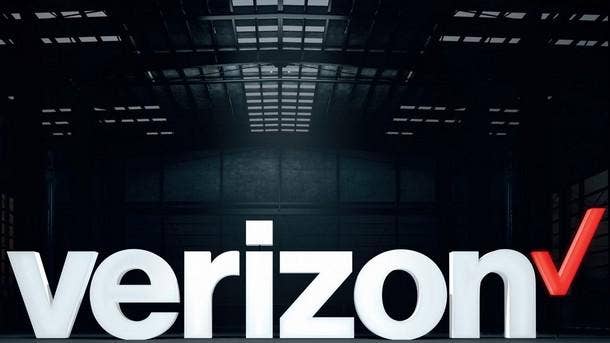
Verizon's High-Band 5G Strategy Slumps In NYC
Verizon, the first carrier in the U.S. to launch its 5G network in 2019, came under scrutiny for its strategy early on because it uses only millimeter wave technology, which it developed before 5G was standardized. Millimeter wave, or high-band spectrum, boasts very high speeds but over a limited distance. This spectrum is used most often in dense, urban environments.
The Basking Ridge, N.J.-based carrier‘s speedy 5G service is now live parts of 35 U.S. cities. Verizon, which typically ranks top of its class in third-party surveys for reliability and speed, fell behind all three of its competitors -- AT&T, Sprint and T-Mobile -- in a recent Spring 2020 report by RootMetrics for median 5G download speeds in Manhattan, N.Y.
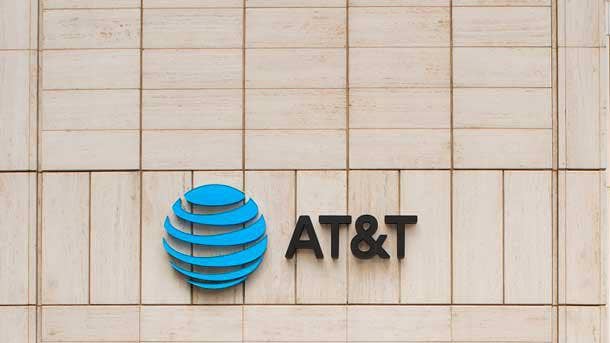
AT&T Expands 5G Footprint
Carrier giant AT&T is leaning heavily on 5G as a way to stay competitive in 2020. The Dallas-based provider has been diligently expanding its low-band 5G rollout, which is now present in 35 U.S. cities. AT&T in June brought 5G to 28 new U.S. markets, including Austin, Dallas, Maui, Miami, Orlando, and Salt Lake City. The carrier also said that Dynamic spectrum sharing (DSS), a method that lets operators roll out 5G more quickly by sharing spectrum resources between LTE and 5G based on network demand, is also live in parts of some of the markets in which AT&T 5G is present. The low-band spectrum, which AT&T employs for its 5G network, can travel further and wider than high-band spectrum, but speeds are typically slower as a result.
AT&T in March joined forces with Google Cloud to enable the delivery of 5G networking and edge computing services to enterprises via Google’s Global Mobile Edge Cloud (GMEC) strategy. AT&T‘s 5G network covers more than 179 million people today, according to the company.
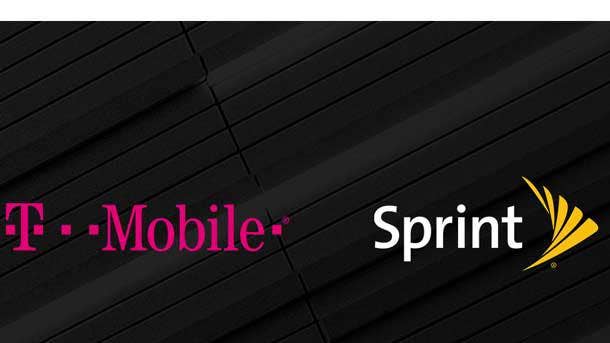
T-Mobile Unveils 5G "Layer Cake"
Thanks to its merger with Sprint, T-Mobile is one of the few carriers bringing together low-band, mid-band, and high-band millimeter wave technology to complete what T-Mobile is calling its three-layer vision for 5G, also known as the full “layer cake.”
T-Mobile currently has arguably the most thorough strategy for deploying 5G of the U.S.-based wireless providers. The carrier doesn‘t have the 5G footprint that AT&T and Verizon have today, but the T-Mobile has plans to cover the country with high-speed 5G that can also travel long distances.
T-Mobile‘s president of technology Neville Ray said that customers in New York City are the first to have access to and take advantage of the carrier’s “layer cake” approach to 5G.

5G Reaches Alaska
In June, T-Mobile announced that it had become the first carrier to expand its 5G footprint into the last frontier.
Via a first-of-its-kind roaming agreement with General Communication Inc. (GCI), an Alaska-based telecom provider, Big Magenta customers with 5G-enabled devices who are roaming in Anchorage, Alaska, can reach a 5G network. GCI has plans to expand 5G into Juneau, Fairbanks and other fiber-served communities in Alaska.
The new partnership also gives GCI customers roaming access to T-Mobile’s 5G network in the lower 48, which today covers more than one million square miles and nearly 6,000 cities and towns, according to T-Mobile.
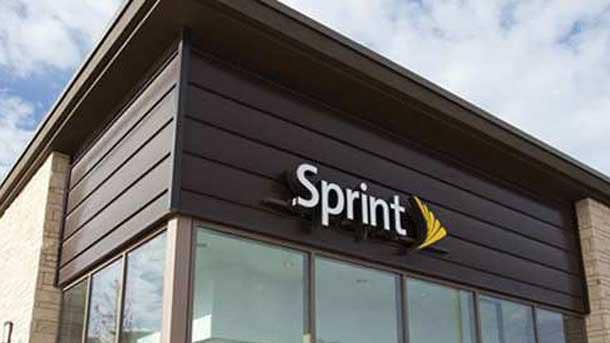
Sprint's 5G Network Is Powered Down
Following T-Mobile‘s $26.5 billion merger of fellow wireless provider Sprint, which closed in April, Bellevue, Wash.-based T-Mobile pulled the plug on Sprint‘s 5G network and began moving customers over to the T-Mobile 5G network in July.
Before its merger with T-Mobile, Overland Park, Kansas-based Sprint touted its 5G service as critical to its future. The Sprint 5G network, which was rolled out in 13 states before the merger with T-Mobile, relied on 2.5 GHz spectrum. T-Mobile‘s national 5G network is built on 600 MHz, and it is now also deploying 2.5 GHz spectrum that it acquired from its Sprint transaction.
Via the terms of the Sprint/T-Mobile deal, the “New T-Mobile” had to agree to develop a robust, nationwide 5G network. T-Mobile is in the process of launching 5G home internet commercially nationwide, which the company said will cover more than 50 percent of U.S. households within six years.
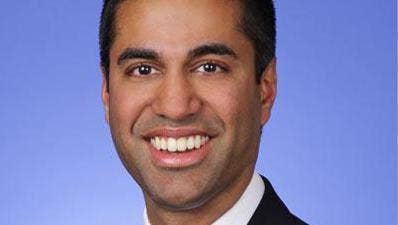
FCC To Speed Up Approvals For 5G Buildouts On Tribal, Historic Lands
Later in June, the FCC -- headed by Ajit Pai (pictured) -- unveiled a process to hasten the approval process for 5G wireless infrastructure buildouts on Federally designated historic sites and tribal lands during the COVID-19 coronavirus pandemic.
The agency said that the move is critical because Americans have been relying on high-speed connectivity for everything from work, school, to staying connected with loved ones during the pandemic. The process developed by the FCC and the Advisory Council on Historic Preservation
Is allowing wireless licensees to request expedited reviews of essential projects and emergency authorization for infrastructure builds deemed necessary to properly respond to the pandemic. State and Tribal offices had to close as a result of COVID-19 for several months, which impacted the offices‘ ability to review proposed wireless builds.
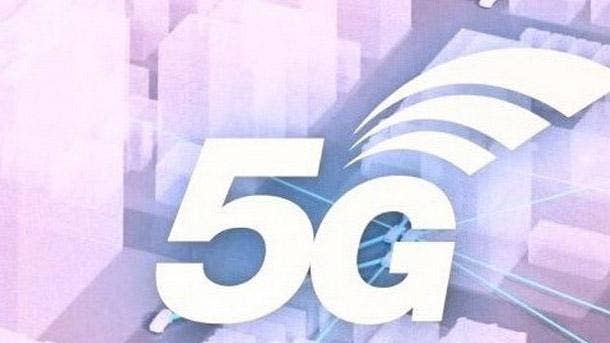
FCC Furthers Infrastructure Upgrades for The Buildout of 5G
The FCC in June pushed to clarify and seek comment on the Commission‘s rules governing state and local governments review of modifications to existing wireless infrastructure in a move to speed up equipment upgrades so that 5G networks can be more quickly deployed nationwide.
So far, Congress enacted a section of the Spectrum Act of 2012 that simplifies state and local government review of certain requests to modify wireless transmission equipment on existing structures. Now, a state or local government will l approve within 60 days any request for modification of an existing structure that does not substantially change the physical dimensions of that structure, according to the change.
The FCC said that 5G networks are “critical” when it comes to expanding economic opportunities and supporting public health and safety in U.S. communities.
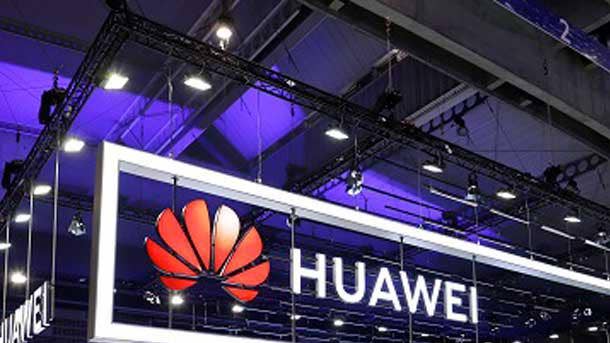
Huawei 5G Gear Phased Out Of U.K. Network
The United Kingdom reversed its previous decision to allow Huawei to play a limited role in the buildout of its 5G network in July when the government began drawing up plans to cut out any Huawei from its 5G network by the end of 2020.
The U.K.’s National Cyber Security Center (NCSC) launched an emergency review of Huawei’s role after the U.S. in May introduced new sanctions to cut off Huawei from key chip supplies, according to several reports from British newspapers. The report from the U.K. concluded that U.S. sanctions would make Huawei‘s technology more of a security risk.
The U.S. rule that passed in May requires foreign manufacturers using American chipmaking equipment to get a license before selling semiconductors to Huawei.
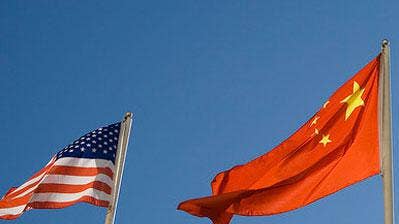
U.S. Seeks To Cut Out Huawei On 5G
The U.S. in February continued to apply pressure to embattled Chinese telecom provider Huawei when it reportedly began working with companies including Dell Technologies, Microsoft and AT&T to develop 5G network software that could provide an alternative to technologies from Huawei.
Over the past several years, Huawei has faced criticism from a handful of countries, especially the U.S., which allege that the provider‘s equipment could be used by the Chinese government for espionage. Huawei has repeatedly denied the claim.
In June, the FCC designated both Huawei and fellow Chinese telecom provider ZTE Technologies as national security risks. As a result, American cellular manufacturers can no longer spend Federal dollars on equipment from either firm.